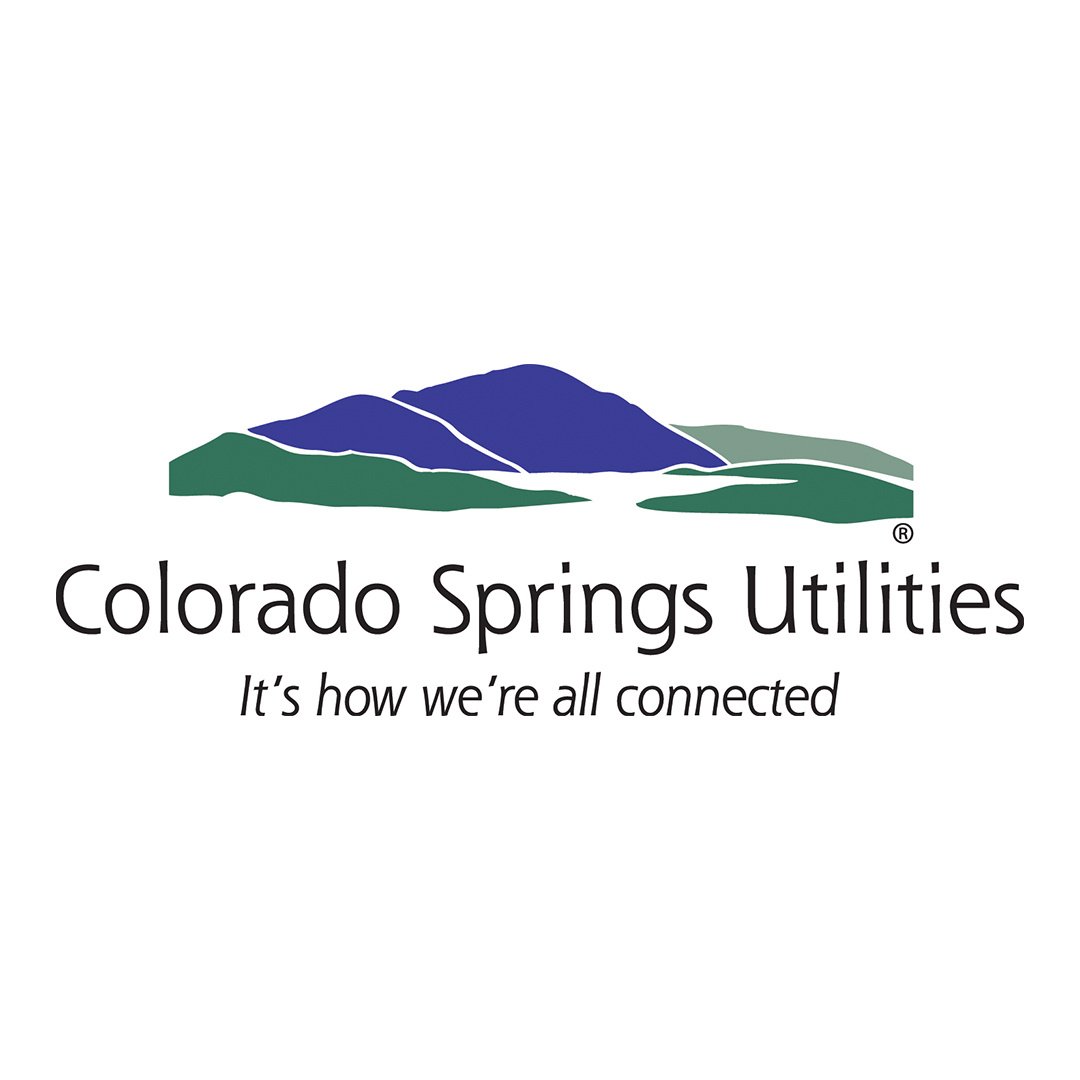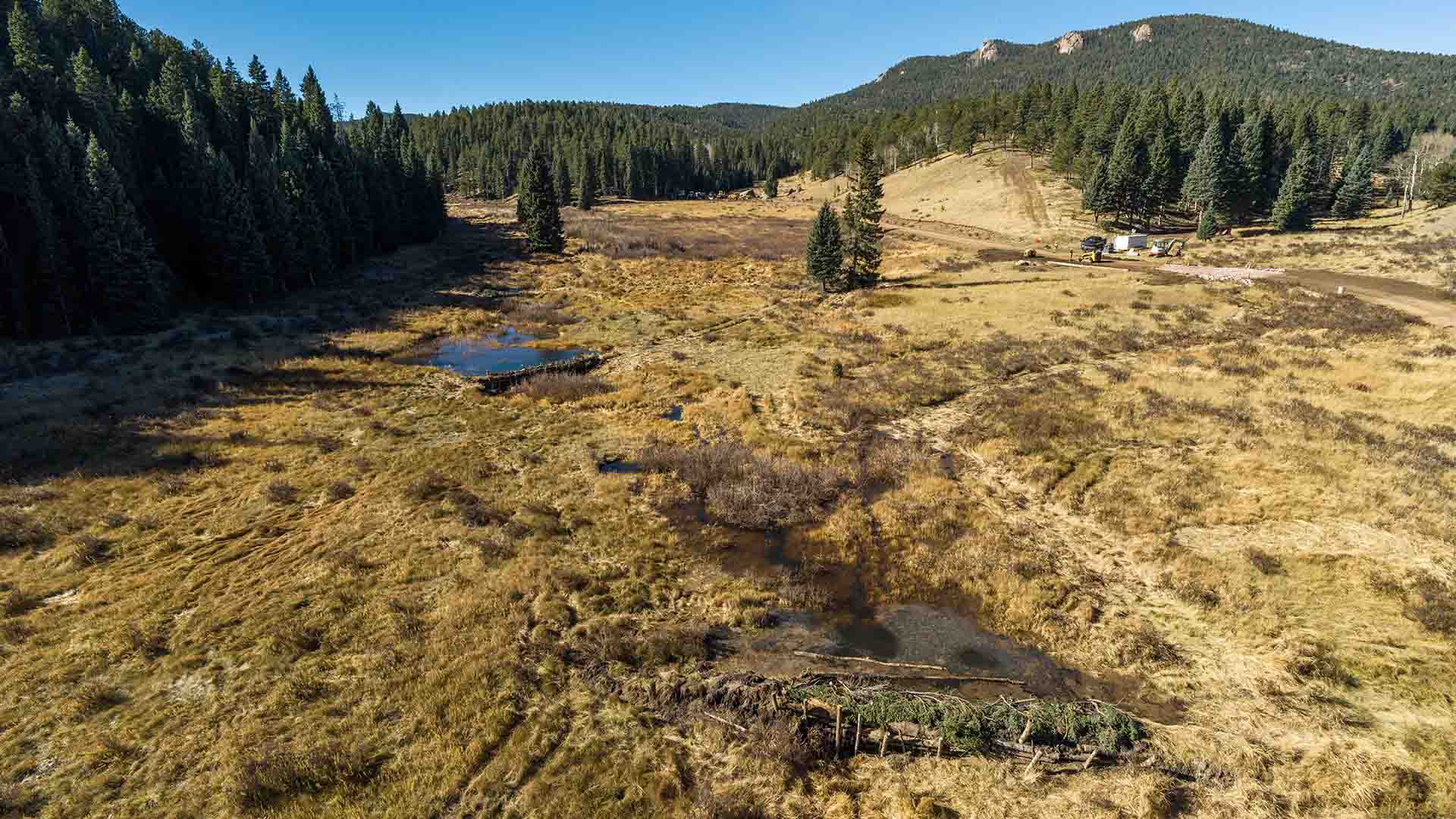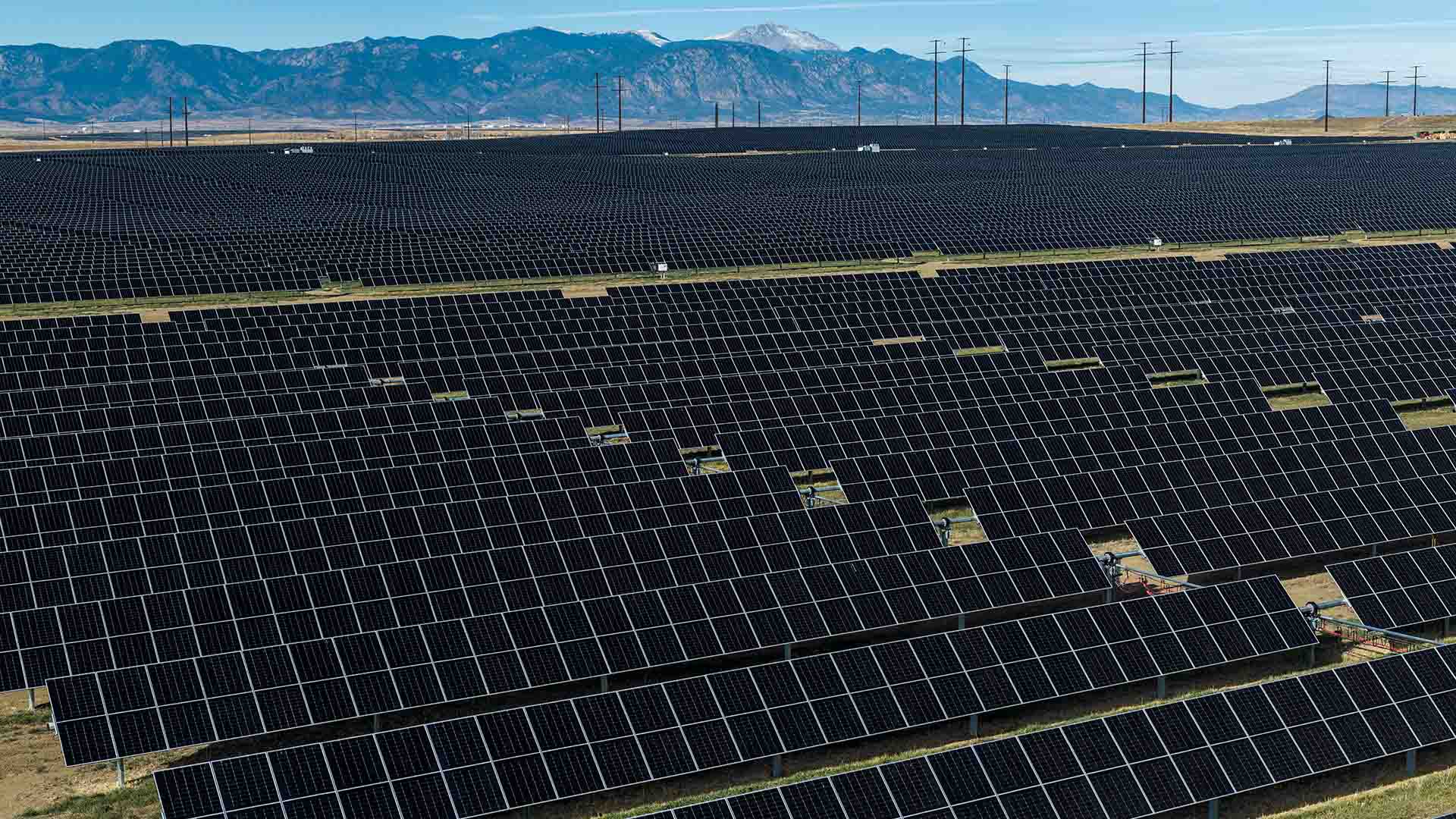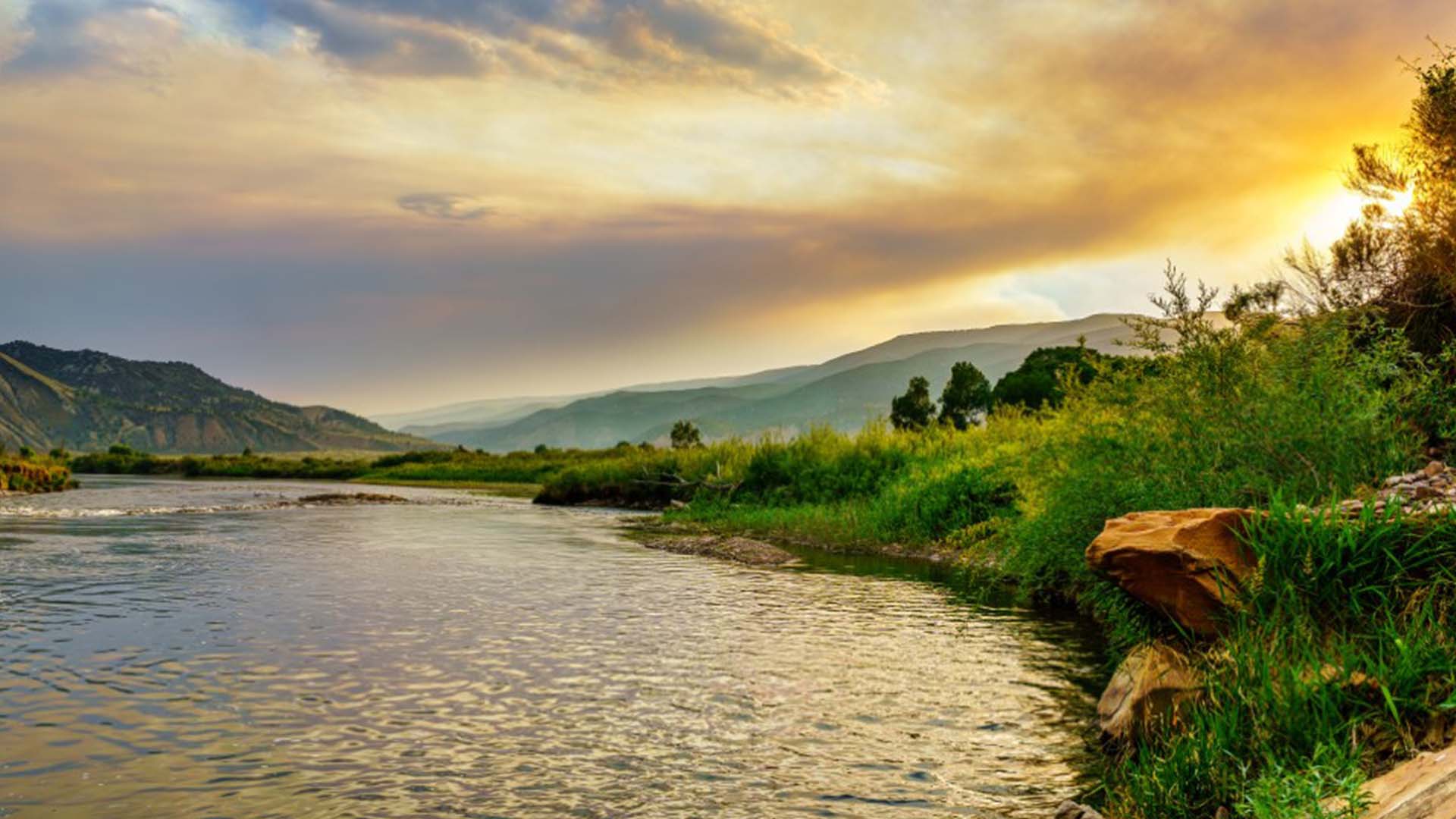
Pat W.
Duration: 1 minute
Published on March 31, 2023
As someone who enjoys nature photography, I’ll never forget the day when I bought my first telephoto camera lens. It was a game changer for my hobby because I was now able to effortlessly switch between taking a picture of a flower up close or zooming out to capture the sunset against the mountain range at a distance.
I’ve come to learn over the years that being a water manager has parallels to my weekend hobby. My daily job requires me to move back and forth quickly between “zooming in” on the details and “zooming out” to see the big picture. It also requires lots of planning, the right timing, and bringing things into focus to compose the best solution. When it comes to my job, the picture I want to see is a vibrant community with a strong economy and high quality of life. I also want to maintain healthy streams and pristine watersheds so there are natural places that we all can enjoy for generations to come.
Recently, a decision memo was issued by the U.S. Forest Service that will allow the cities of Aurora and Colorado Springs (joint partners in the Homestake Water Project, a complex system of tunnels, pipelines, and storage facilities that collects and delivers water from the Eagle River Watershed headwaters) to conduct field investigations in the Homestake Creek watershed about six miles south of Minturn. This decision allows the Homestake Partners to gather factual geotechnical information that will help us identify ways to develop water rights which date back to the 1950s. It is our intention to pursue those in a manner that honors our commitment to develop a project that minimizes environmental impacts, is cost effective and technically feasible, and can be permitted by local, state, and federal agencies. One project alternative being evaluated could include a reservoir with a capacity between 6,850 and 20,000 acre-feet.
Our planned field investigations and the larger Eagle River Joint Use Water Project have stirred the interests of different stakeholders. This is understandable given the project’s proximity to the Holy Cross Wilderness Area, sensitivities about the multi-year drought that is occurring throughout the Colorado River Basin, and questions about what this all means for conserving and protecting our natural resources. It’s important to note that in any given year, over 60% of Colorado Springs’ water supplies originate in the Colorado River Basin. That means we have a vested interest in conserving and protecting the Colorado River and mitigating any risks associated with developing additional water from this basin. It’s part of that commitment I just mentioned, as is working with local stakeholders throughout the process.
We are still in the very early stages of exploring potential project concepts. For example, any adjustments to the wilderness boundary are by no means certain, may not be needed at all, and would require Congressional approval in any event. What is certain is that we are in the preliminary phase of project development and will thoroughly assess all reasonable alternatives, including issues related to the wilderness area.
Water managers have a duty to collect information that will assist us in developing infrastructure in a way that minimizes our footprint, respects local values, and incorporates stakeholder input. The geotechnical investigations in the Homestake valley represent a first step in a multi-year process to gather data, collect public feedback, and work with local, state, and federal agencies and stakeholders to identify a project that can be successfully permitted and constructed.
Water projects are large and complex undertakings. As such, they take an incredible amount of collaboration to reach fruition. Focusing on the big picture provides that collaborative perspective. We see that the Homestake Project has been an essential component of Aurora and Colorado Springs’ water portfolios for 60 years. We see the importance of engaging with local stakeholders and partners through forums like the Colorado Basin Roundtable and Eagle River Community Water Plan. We see the Eagle River Joint Use Water Project listed as a critical project in the Basin Implementation Plans for the Arkansas, Colorado, and South Platte River Basins - one that will help close the growing water “gap” identified in the Colorado Water Plan and complement our local efforts to conserve water, reuse water and share water with agriculture.







